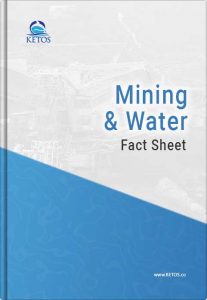Download This Industry Fact Sheet
Have A Question? Request Your Demo >
"*" indicates required fields
Mining and Real-time Monitoring Systems
 KETOS SHIELD provides accurate, real-time monitoring for environmental factors, heavy metals, nutrients, and other water-related parameters. Monitoring your water is straightforward via an interoperable system that uploads data to the cloud for 24/7 access. Companies using KETOS can easily plug it into existing systems and centralize water data. They can also sample water strategically across mining operations and simultaneously test for 30+ parameters using a multi parameter water quality sensor.
KETOS SHIELD provides accurate, real-time monitoring for environmental factors, heavy metals, nutrients, and other water-related parameters. Monitoring your water is straightforward via an interoperable system that uploads data to the cloud for 24/7 access. Companies using KETOS can easily plug it into existing systems and centralize water data. They can also sample water strategically across mining operations and simultaneously test for 30+ parameters using a multi parameter water quality sensor.
With a digital water solution like KETOS, mining companies can finally achieve water intelligence based on real-time data. Visualization of data helps water operators understand the quality of water in one glance and act on the fly based on automated reporting, threshold-based alerting, and predictive analysis.
Download this Water and Mining Fact Sheet
Want more insights into mining operations and how the quality of water plays a pivotal role? Download our Mining Fact Sheet to gain insights on:
- mining and its reliance on testing
- concerns around mining and local water supplies
- how KETOS solves water dilemmas around mining and water quality
- how digital water approaches can transform mining’s relationship with water
How is Water Used in Mining?
Mining companies need water for various functions, including processing ore, extracting minerals, and general site operations. Typically, the most considerable demand for water in mining comes from the conveyance of ore and waste (via slurries or suspensions). Tailings disposal can require a significant amount of water.
The USGS estimates that 4 billion gallons of water are withdrawn for mining operations in the United States (2015) – 1% of the country’s water withdrawal. Of that total, 72% is sourced from groundwater.
The Quality of Water Matters to Mining Operations
When water drains from mines, it tends to be metal-rich and often contains sulfuric acid. Acid runoff can further dissolve more heavy metals (including copper, lead, and mercury) from surrounding rocks, and that runoff can severely impact local surface water and groundwater resources.
Therefore, mines and mining operations must properly treat water before releasing it into the surrounding ecosystem. Mines that do not adequately treat water risk contaminating local water sources, which can severely impact local wildlife and nearby communities.
The costs associated with environmental damage can be far-reaching and extremely expensive. That’s why mining facilities worldwide are seeking more effective ways to remediate water.
Water Quality Monitoring That’s Affordable and Efficient
Today’s water operators in mining no longer have to rely on expensive approaches to monitoring. Instead, through digital water transformation, monitoring water for mining takes less time, involves less manual labor, and puts less stress on an organization’s overall budget.
KETOS, an automatic water quality monitoring system, integrates with existing infrastructure and automates processes. Everything is managed on-site via a water quality monitoring device so that companies can remove expensive third-party testing and hours of manual labor from their list of ongoing expenses. Extensive, transparent reporting also helps manage compliance, ensuring regulatory requirements and fewer fines.
Learn How Automated Water Sampling Saves Cities & Businesses Hundreds of Hours Each Year…
KETOS Awards
















